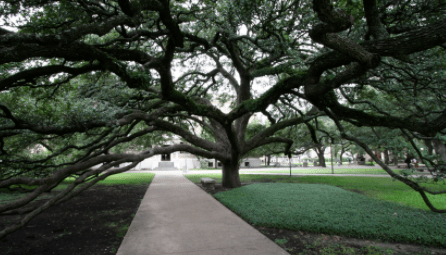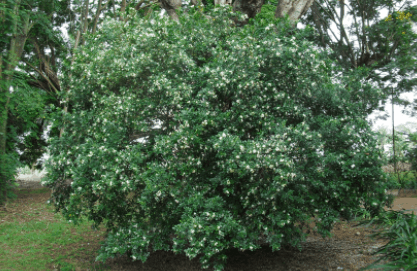With us being in the tree service business we are always striving to increase our knowledge on the subject of trees. This article will bring to light why it is difficult to discern between a tree and a shrub.
One of the main reasons that differentiating the two is due to the fact that even the scientific community is somewhat torn. There are different ideas for what makes a tree a tree and a shrub a shrub. For a great example we brought to you an authority on the matter. This is an excerpt out of a book titled: Encyclopaedia Trees And Shrubs Author: Nico Vermeulen
“Tree or shrub?
The experts do not agree about what is a tree and what a shrub. Some arboriculturists call all wooden plants that remain below five metres a shrub, others only refer to a plant as a tree when it has a definite trunk.
The type of soil and position often have enormous influence upon the growth habit and the eventual height.
Common sense has been used in this encyclopedia for the subdivision of trees and shrubs to make finding them as easy as possible. The starting point has been what people generally regard as trees or shrubs. Many climbing plants are also woody plants but they are not dealt with here because this book deals solely with plants which can stand unsupported.”
This brings us to our next section. Another differentiating factor is that the tree must contain wood, unlike the shrub. So, here we get into what is wood. The book continues

Shrub Vs. Tree 
“What is wood?
Immediately after germination, all plants are alike. They push their way to the surface of the ground. The space here is quickly fully occupied so that plants which can raise themselves above the green carpet have an advantage. Above, there is space, light and air. Trees are the champions in the ‘high flying’ stakes. In the primeval forest, the forest giants stick out tens of metres above the other plants. To climb so high, adaptation is necessary: an extensive root system anchors the tree in the ground. Tropical trees in swampy ground often form aerial roots which act as supports rather like the buttresses of a cathedral.
Some perennials also have sturdy stems and can grow as high as a shrub in a single season but in our climate, this growth dies back and has to start from the ground once more the following spring. Trees and shrubs have a different means of survival. They do not have to constantly compete for space. The growth remains upright outside the growing season, so that the new leaves shoot high above the ground.
The growth of trees or shrubs we call branches, except for the main growth stem –
Left: Quercus robur or English oak as magnificent focal point of a delightful landscape
that is thicker and bears the tree – which is known as the trunk.
By looking at a cross-section sawn through a branch or trunk, it is apparent that the structure is more complicated than with the average plant. On the outside of the trunk is the protective outer layer or bark. Inside this is the phloem which transports nutrients and water between the leaves – which absorb energy and process nutrients with the help of sunlight – to other parts of the tree and the roots.
Behind the phloem there is a layer that cannot be seen with the naked eye. It is the cambium. This later is only the thickness of a single cell yet it is responsible for the thinking growth of the trunk. Wood is formed on the inside of the cambium, bark or cork is formed on the outside. Inside the cambium, the sapwood or young wood is formed containing capillary cells which pump water and nutrients from the roots to the crown of the tree. The sapwood is consequently very moist and alive.
This contrasts with the center of the trunk where the heartwood is found. Here too there were once capillary cells but these have been crushed together as the trunk has become thicker and the old wood has died off. Its only function now is to provide strength for the tree.”
In all reality we don’t really care if you have a tree or shrub. We just wanted to bring you this for basic knowledge so that you know how to tell the difference between a tree or shrub. Either way if you need service work on either one we can do removal, or trimming, of trees and shrubs.